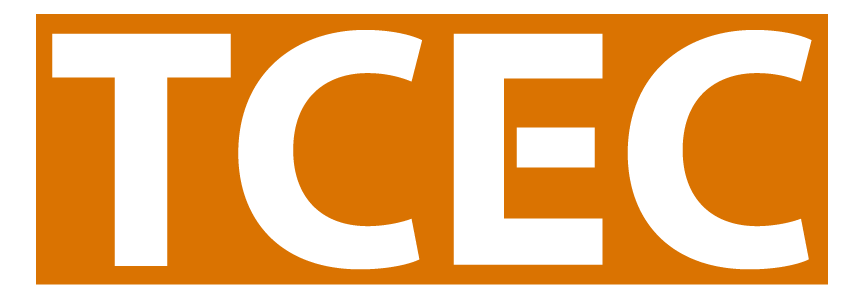
Foundations of Data Equity
by Danielle Lippert and Jorge Andrews
In June, we had the opportunity to attend a two half-day workshop, Foundations of Data Equity, hosted by We All Count, and presented by Heather Krause. For those of you that are unfamiliar with the term data equity (as we were a short time ago), it’s the idea or concept that while we often want to see data as objective, it is in fact riddled with individual and systemic bias at many points during the “data life cycle.” Krause and her team challenge us to begin to use a new framework when gathering, analyzing, reporting, and using data to attempt to make our data and its use more equitable.
Equity in data requires step-by-step processes to avoid racism, sexism, and other forms of discrimination in data projects.
Data. When we usually think about “data” we think numbers, percentages, and graphs. In popular media, data is usually portrayed as cold hard figures, unquestionable facts that tell only truths. When considering data equity in our evaluation work, it is important to understand the objective is not to produce unbiased data, but rather to become intentional about creating transparency for where bias shows up in your data project. Yes, sometimes it is appropriate to correct discovered bias, but often clear and honest reporting will suffice.
One example of data transparency that we can apply to our work is when we use convenience samples when conducting public opinion polls to gather data about policy support to report to policy makers. A simple practice of data equity would be to be very clear in your reporting about where these data came from and that they are not meant to represent the whole jurisdiction, so that you don’t mislead the reader or data consumer.
While this example is simple and straightforward, unfortunately this is not often the case. People may forget to include this or think it weakens their work – it does not! Being transparent about limitations helps instill confidence that your evaluation work is conducted with integrity and humility. It is not about shame or blame; we simply want to get better and adjust so that our results do what we intend them to do. Nothing more and nothing less.
During the workshop, Krause walked us through the various stages of the data life cycle where there is potential to inject our own world view into our data projects and offered tools to help an individual or group become more aware and intentional about their decision making. The reality is that data is not neutral, data is not as simple as black and white. There are many nuances to data, from how the data is collected or acquired, how it is interpreted, displayed, and shared play a part in the entire story that our data tells. Think of a data set as only a portion of the story, the tip of the iceberg.

Maybe more importantly, these tools also provide a way to document these decisions in an honest way, thus helping to build in that intentional transparency that is so important to equity.
There are several places throughout the data development process in which bias can be introduced. From the funding process, the motivation of the research team, data collection design, data collection, and through interpretation/analysis, even who has access to the data and who the information is shared with. The basic truth is that data is not as objective as we would like to believe, since every project is funded with a goal, and every human who interacts with data brings life experience.
All of this may sound like a lot to worry about, and some may even wonder what to do. Being aware of these biases, accepting that they are there and acknowledging them is a good start. Knowing that your project is only as good as the data that feeds it is an important part of the process, and documentation is key, not just for yourself, but for future work as we prepare for the tobacco end game.
We both felt this workshop was a great use of our time, and we absolutely suggest anyone attend one. The workshop is indeed thought-provoking. The content is compelling and the tools simple and helpful. In our work, we may often feel overwhelmed and disheartened when considering an effective path to easing health disparities, and these data equity practices give us a few concrete steps to help us move forward.
